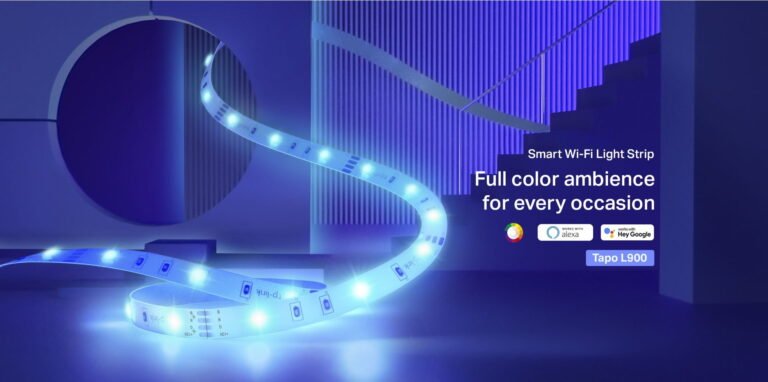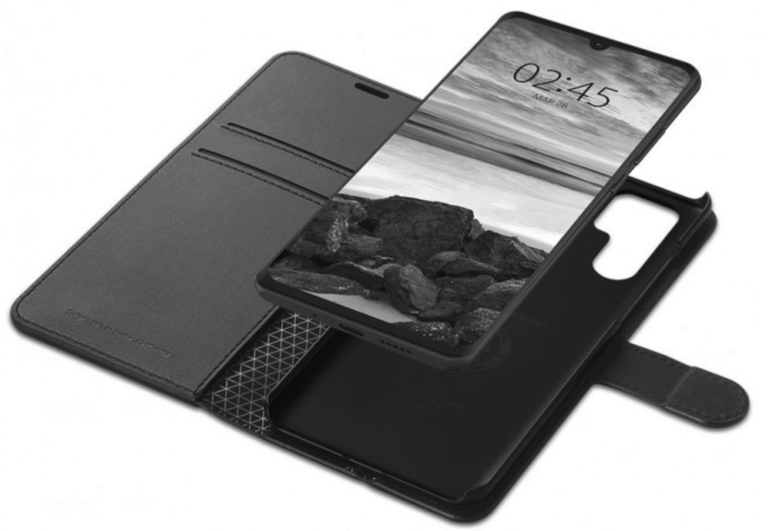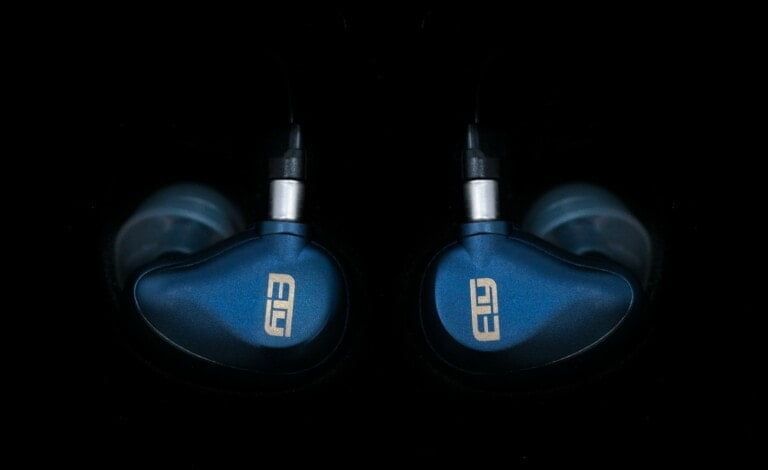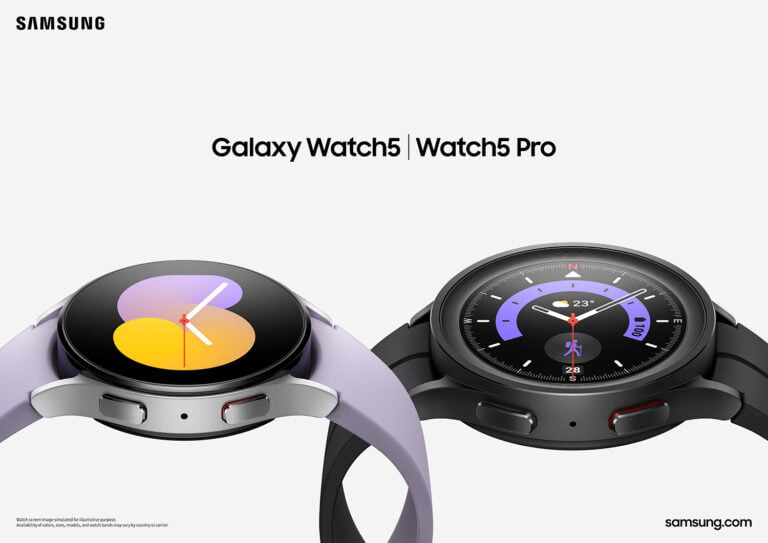Any links to online stores should be assumed to be affiliates. The company or PR agency provides all or most review samples. They have no control over my content, and I provide my honest opinion.
Yesterday a leak came out to indicate the performance of the Samsung Galaxy S21 vs the Apple iPhone 12, which I believed to be a fake.
Now Qualcomm has provided their official numbers for the Snapdragon 888 across several benchmarks which give us the first real indication of how powerful flagship Android phones in 2021 will perform.
My title is a little misleading, Qualcomm do I have a significant advantage over the Apple A14 used on the latest iPhone 12 in Antutu, but in other benchmarks, Apple is still comfortably ahead. I will get to those later.
Qualcomm Snapdragon 888 vs Snapdragon 865+ vs Apple A14 vs HiSilicon Kirin 9000 Benchmarks
Antutu Benchmark
| Total Score | % difference | |
| SD888 | 735439 | N/A |
| SD865+ | 632274 | 16.3 |
| SD865 | 615410 | 19.5 |
| Apple A14 | 638841 | 15.12 |
| Kirin 9000 | 661059 | 11.25 |
| Exynos 990 | 551961 | 33.24 |
For these comparisons, I took the best official figure from the Antutu. So, in reality, once companies release their phones with cooling and software customised for the chipset, we should see better numbers.
Qualcomm is officially reporting that the Snapdragon 888 Antutu score is 735,439. This will give it a 16.3% uplift in performance from the previous Snapdragon 865+ this then extends to 19.5% for the original SD865.
Compared to the Apple A14 the SD888 manages a score of 15.12% higher. This seems to be about the same % difference when you compare the A13 vs SD865.
The latest chipset from Huawei, the Kirin 9000, managed a score of 661059, giving Qualcomm a 11.25% lead. The Kirin uses the older Arm A77 CPU cores, so this is likely the reason.
Finally, the Exynos 990 used on the UK/EU Samsung Galaxy S20 falls quite short. The SD888 is 33% out in front.
Geekbench Benchmark
| Single Core | Total Score | % difference |
| SD888 | 1135 | N/A |
| SD865+ | 983 | 15.4 |
| SD865 | 919 | 23.5 |
| Apple A14 | 1603 | -29.00% |
| Kirin 9000 | 1020 | 11.27 |
| Exynos 990 | 911 | 24.58 |
| Multi-Core | Total Score | % difference |
| SD888 | 3794 | N/A |
| SD865+ | 3245 | 19.9 |
| SD865 | 3239 | 17.1 |
| Apple A14 | 4187 | -9.38 |
| Kirin 9000 | 3704 | 2.42 |
| Exynos 990 | 2780 | 36.47 |
The tables turn when it comes down to the CPU based Geekbench benchmark.
Apple dominates this benchmark, there is almost a 30% difference in the single-core results. This drops significantly to 9% for multi-core, but they are still way out ahead.
Compared to Android chipsets, the SD888 easily wins, as you would expect. Around a 20% gain vs the previous generation and comfortably ahead of the Kirin 9000 used on the Mate 40 Pro and 2021 phones.
GFX Bench
| Total Score | % difference | |
| SD888 | 86 | N/A |
| SD865+ | 59 | 45.8 |
| SD865 | 54 | 59.3 |
| Apple A14 | 102 | -15.7 |
| Kirin 9000 | 83 | 3.6 |
| Exynos 990 | 50 | 72 |
Looking at the graphics benchmark, Qualcomm provided the peak figure rather than sustained.
This shows massive gains vs the last generation but behind Apple again.
Nearly 46% improvement is incredibly impressive compared to the last generation, which should make this an exciting chipset for gamers.
That figure looks less impressive when you see it is still 15.7% behind Apple.
Interestingly, the Kirin 9000 has 24 GPU cores, so it looked like it could be the best GPU for Android this year, but it falls slightly short for this one specific benchmark.
Overall
All the results are as expected, the benchmarks fall in line with the claims made by Qualcomm about performance improvements.
The differences between Apple A14 and Qualcomm Snapdragon 888 a bit moot, you either use Apple or you use Android. But it does perhaps show that Qualcomm needs to pull their finger out when Apple can post such high numbers for some results.
Of course, it is not just about raw CPU and GPU performance. Qualcomm has added a third image processor this year which could open up some new usage scenarios for cameras.
Battery performance has also become more than important than ever. Flagship chipsets are so powerful most of us won’t take advantage of that they offer, but everyone will benefit from improved power efficiency.
Also, less important, but the Qualcomm Snapdragon 888 is the first chipset to support Wi-Fi 6E. So the company are innovating in many other areas than just CPU and GPU performance.
I am James, a UK-based tech enthusiast and the Editor and Owner of Mighty Gadget, which I’ve proudly run since 2007. Passionate about all things technology, my expertise spans from computers and networking to mobile, wearables, and smart home devices.
As a fitness fanatic who loves running and cycling, I also have a keen interest in fitness-related technology, and I take every opportunity to cover this niche on my blog. My diverse interests allow me to bring a unique perspective to tech blogging, merging lifestyle, fitness, and the latest tech trends.
In my academic pursuits, I earned a BSc in Information Systems Design from UCLAN, before advancing my learning with a Master’s Degree in Computing. This advanced study also included Cisco CCNA accreditation, further demonstrating my commitment to understanding and staying ahead of the technology curve.
I’m proud to share that Vuelio has consistently ranked Mighty Gadget as one of the top technology blogs in the UK. With my dedication to technology and drive to share my insights, I aim to continue providing my readers with engaging and informative content.







